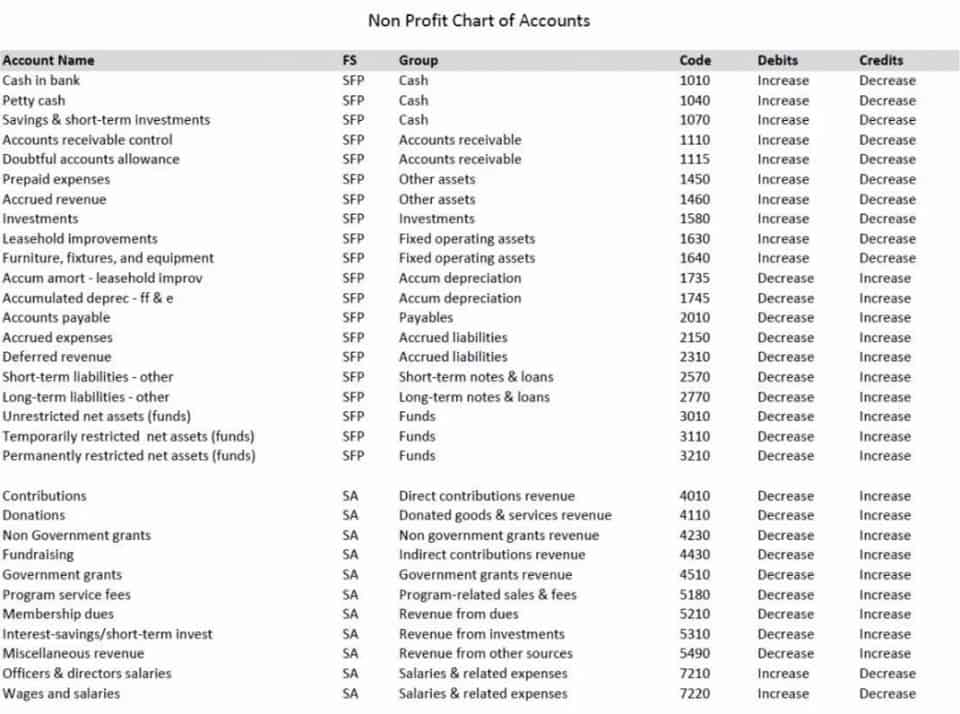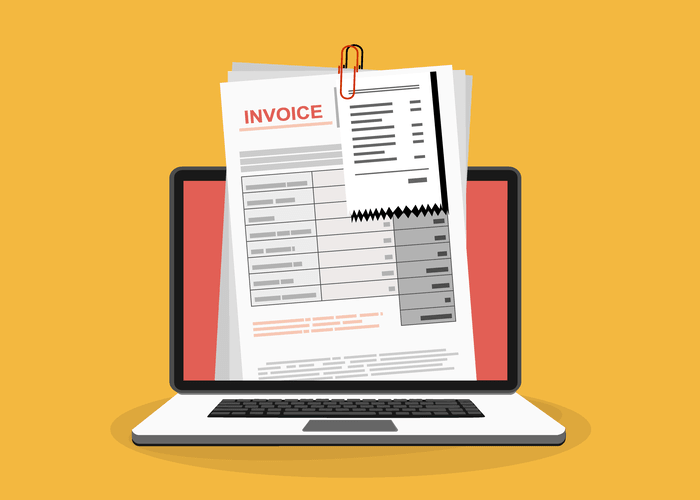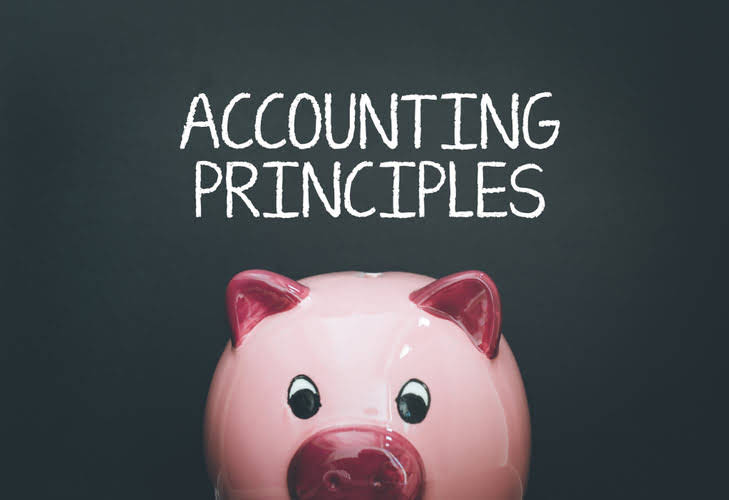Common size balance sheet analysis allows a business to perform a number of tasks including the following. To calculate net income, you subtract the cost of goods sold, selling and general administrative expenses, and taxes from total revenue. This information might be from management information, published regulatory documents, or from industry standards for comparison.
As you can see from Figure 13.6, the composition of assets, liabilities, and shareholders’ equity accounts changed from 2009 to 2010. The common size balance sheet calculator is one of many financial calculators used in bookkeeping and accounting, discover another at the links below. The common size balance sheet calculator allows for two balance sheets to be entered so that comparisons can be made. The use of the common size balance sheet as a comparison tool is discussed more fully in our common size balance sheet tutorial. Firms list the assets and liabilities to check if the total number of assets equals the sum of liabilities and shareholders’ equity. As a result, the firms must find out the error to tally the sheet for an accurate snapshot of the company’s finances.
What is Common Size Balance Sheet Analysis?
It’s important to add short-term and long-term debt together and compare this amount to the total cash on hand in the current assets section. This lets you know how much of a cash cushion is available or if a firm is dependent on the markets to refinance debt when it comes due. The common-size strategy from a balance sheet perspective lends insight into a firm’s capital structure and how it compares to its rivals.
- A common-size balance sheet is a financial statement that shows the percentage of each asset, liability, and equity account relative to the total assets of the company.
- The statement helps them decide whether it would be fruitful to continue investing in the venture or they should withdraw the backing.
- On a common size balance sheet, assets are expressed as a percentage of total assets, providing clarity on their composition.
- Plus, the companies can check their finances and frame strategies with respect to the available resources.
- The details in statements help firms understand their financial progress and accordingly make business decisions to improve and excel in the future.
- The use of common-size statements facilitates vertical analysis of a company’s financial statements.
Common Size Balance Sheet Vs Traditional Balance Sheet: Which One is Better?
By analyzing trends in the common-size balance sheet over time, stakeholders can gain valuable insights into a company’s financial position and make informed decisions about its future prospects. Hopefully, this article by Viindoo gives readers meaningful information about this concept. A statement that shows the percentage relation of each asset/liability to the total assets/total of equity and liabilities, is known as a Common-size Balance Sheet. To express the amounts as the percentage of the total, the total assets or total equity and liabilities are taken as 100. With the help of a Comparative Common-size Balance Sheet of different periods, one can highlight the trends in different items. If a Common-size Balance Sheet is prepared for the industry, it facilitates the assessment of the relative financial soundness and helps in understanding the financial strategy of the organisation.
It evaluates financial statements by expressing each line item as a percentage of a base amount for that period. The analysis helps to understand the impact of each item in the financial statements and its contribution to the resulting figure. On the debt and equity side of the balance sheet, however, there were a few percentage changes worth noting.
As such, solvency emphasizes the company’s financial framework and its capacity to service long-term debts. Incorporating absolute figures and industry benchmarks alongside common size percentages can help mitigate these limitations. There are two primary types of common size analysis, each focusing on a different financial statement. Net income represents 10% of total revenues, and this margin can be compared to the previous year’s margin to see the company’s year-over-year performance.
By expressing each item as a percentage of total assets or liabilities, it is easier to see changes in the financial statements over time. A common size balance sheet is a financial statement that presents the percentages of each line item relative to the total assets of a company. By expressing all the elements as a proportion of total assets, it allows for better comparison between companies of different sizes and industries.
Common Size Balance Sheet Calculator Download
You can also look to determine an optimal capital structure for a given industry and compare it to the firm being analyzed. You can then conclude whether the debt level is too high, if excess cash is being retained on the balance sheet, or if inventories are growing too high. One of the biggest benefits is that it provides investors with information to see changes in the financial statement of a company. All you need to have is the percentage of the base amount, the total amount of an individual item, and the amount of the base item. Essentially, it helps evaluate financial statements by expressing the line items as a percentage of the amount.
- For instance, a higher percentage of current assets relative to total assets indicates strong liquidity, which is essential for meeting short-term obligations.
- This approach is particularly useful in industries with varying asset structures, such as technology or manufacturing, where asset composition can differ significantly.
- Likewise a similar process to that used above can be applied to compare two different businesses.
- For example, some companies may sacrifice margins to gain a large market share, which increases revenues at the expense of profit margin.
Key Balance Sheet Sections
GreenTech’s liabilities total $4 million, including $1 million in short-term debt and $3 million in long-term bonds. As a percentage of total assets, short-term debt makes up 10%, while long-term bonds account for 30%. The equity section shows shareholder equity of $6 million, representing 60% of total assets, indicating a common size balance sheet solid equity base relative to liabilities. One version of the common size cash flow statement expresses all line items as a percentage of total cash flow. Since we use net sales as the base on the income statement, it tells us how every dollar of net sales is spent by the company.
These include certificate and diploma courses tailored to meet your learning needs and schedule. Want to figure out more effective ways to study your company’s financial statements? This powerful tool displays financial data as a percentage, making it easier to spot trends and changes over time. This blog explores the advantages and disadvantages of using a common size balance sheet and provides insights into how to utilize it efficiently for financial analysis. While most firms do not report their statements in common size format, it is beneficial for analysts to do so to compare two or more companies of differing size or different sectors of the economy. Formatting financial statements in this way reduces bias that can occur and allows for the analysis of a company over various periods.
Income Statement
Common size balance sheets alone aren’t sufficient to make investment decisions because they lack an approved benchmark for comparison. Hence, it’s essential to also peruse other financial statements, industry standards, and non-numerical information to make smart decisions. An analysis of data in the table above reveals that property, plant, and equipment, at 53.6%, make up the lion’s share of the company’s assets. The company does not have much cash and cash equivalents (0.8%), and most of its debt is in the form of accounts payable (30.0%). Also, there is no working capital as current assets (20.0%) are less than current liabilities (30.0%).
The limitations notwithstanding, a such balance sheet is a powerful tool for gaining insights into a company’s financial health. Combining a balance sheet with other financial statements and industry benchmarks can provide a more comprehensive understanding of a company’s financial position. Hence, understanding the advantages and limitations of a common size balance sheet can help you to make informed investment decisions. Learn to master common size balance sheets from industry professionals and academics at home with the online financial courses available on the Emeritus platform.








